TOURISM
INFORMATION
- HOME
- Kurashiki tourist information list

-
Ohara Museum of Art

Ohara Museum of Art is Japan's first private Western art museum, established in 1930. It was founded by Ohara Magosaburo, a businessman who contributed to the cultural development of Kurashiki. It consists of the main building, an annex, the Crafts and Oriental Gallery, and the Torajiro Kojima Memorial Hall (currently only the exterior can be viewed), and houses and exhibits approximately 3,000 works from across countries and eras, including masterpieces of Western art, Japanese Western paintings, sculptures, and crafts. The main building exhibits famous Western masterpieces such as El Greco's "The Annunciation," Claude Monet's "Water Lilies," Renoir, and Gauguin.
VIEW MORE
There is also a museum shop on site, which sells reproductions of famous paintings from the museum's collection, as well as stationery and accessories featuring the artworks.
*The branch library is currently closed for an extended period. -
Kurashiki Higashimachi
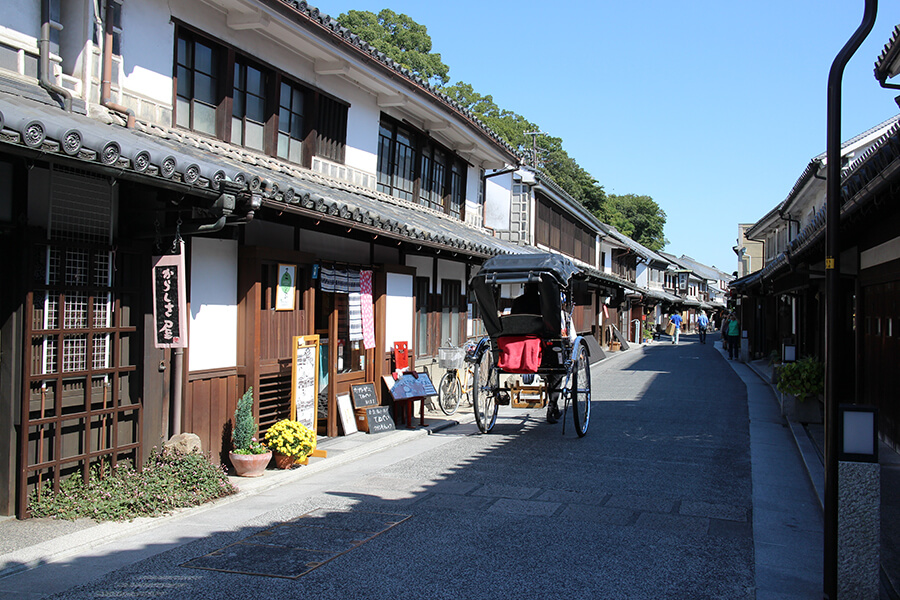
As it continues from Honmachi Street, Higashimachi Street is also a street where you can feel the exquisite harmony between history and everyday life. It has a more relaxed atmosphere than Honmachi Street and is less touristy, so you can get a glimpse of the quiet lives of the people. Starting with the grand presence of the Kusunoki family, a kimono merchant, the eaves roof signs and remnants of wells that can be seen here and there in the old townscape, this is a street where you can feel the unique charm of Kurashiki.
VIEW MORE
The Kurashiki Byobu Festival is held every year in mid-October, attracting many visitors. -
Kurashiki Honmachi Street
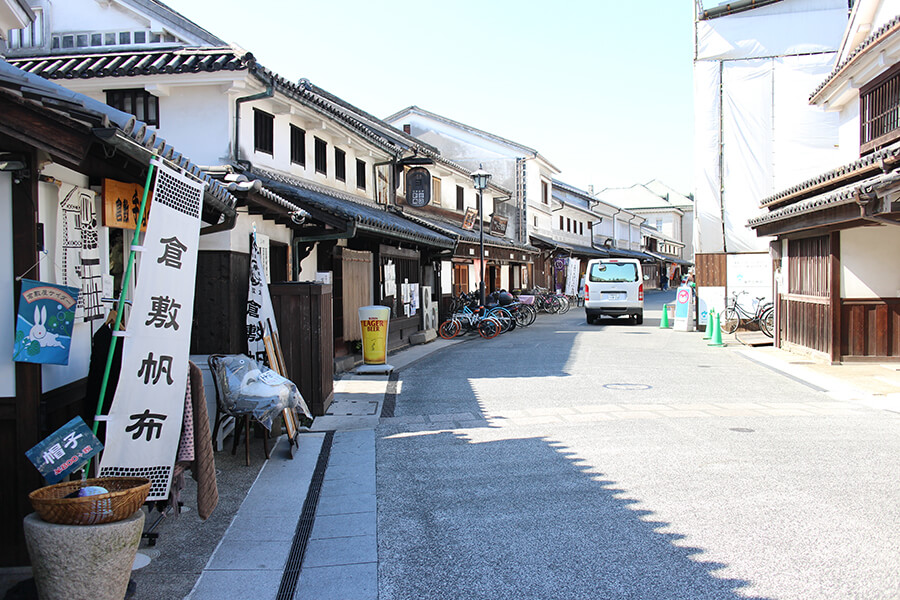
Kurashiki Honmachi Street, located on the north side of the Kurashiki River, is a street lined with lacquered townhouses, giving off a down-to-earth atmosphere. This area still retains many vestiges of the Edo period, but it is also lined with many old shops and residences closely linked to daily life, making it a vibrant place where you can feel the lifestyle and breath of the people who live there.
VIEW MORE
Recently, there has been a surge in efforts to revive these townhouses, and a variety of shops have opened in renovated houses, including Kurashiki canvas shops, a traditional craft, hat shops, boutiques, galleries, cafes and ice cream shops, and the area continues to transform into an interesting mix of "tradition" and "modern." You can stroll around the area enjoying the relaxed atmosphere and bubbling energy. -
Kurashiki River
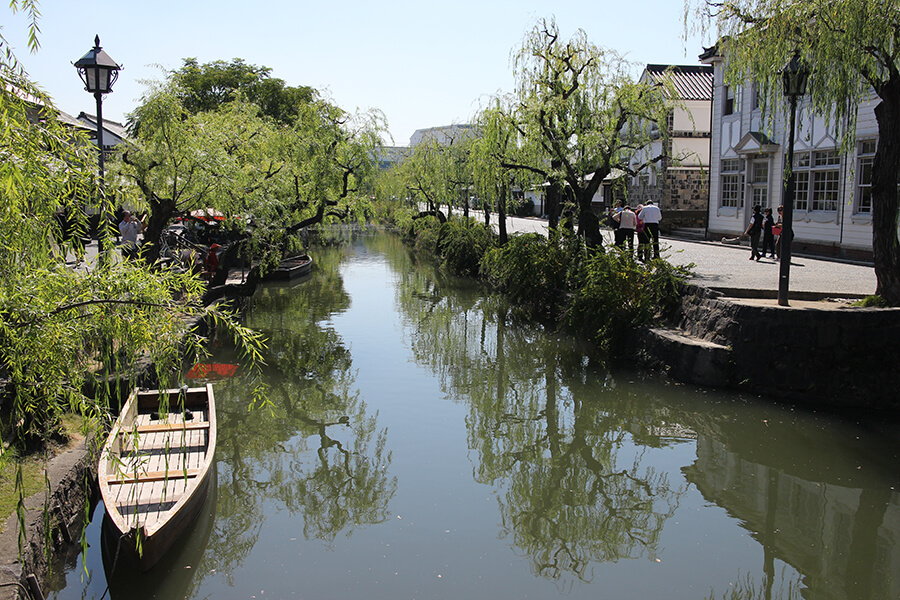
Located in the center of the scenic area, the Kurashiki River is its symbol. The three bridges that cross the river, the boats floating down the river, the willow trees lining the river, the white-walled storehouses, the town houses, and Western-style architecture such as the Ohara Museum of Art combine to form the beautiful scenery of the scenic area.
VIEW MORE
The sightseeing riverboats that run slowly down the Kurashiki River allow you to enjoy the scenery and townscape from a low angle, and are so popular that they are fully booked during the tourist season.
The Kurashiki River was once a bustling river with riverboats carrying goods, but as development of the surrounding area progressed, restrictions were put on transport by boat, and it ceased to be used as a canal after the Kojima Bay closure dike was built in 1959. The subsequent tourism boom prompted the Kurashiki River to be improved, and in 1979 the Kurashiki Riverside was designated an Important Preservation District for Groups of Traditional Buildings.
The Kurashiki River still retains the atmosphere from the Edo period, and various facilities remain, including the three bridges, Imabashi, Nakabashi, and Takasagobashi, as well as night lights, a wharf, and a gangi (staircase) for loading and unloading boats. -
Talking Place Oharamoto Residence
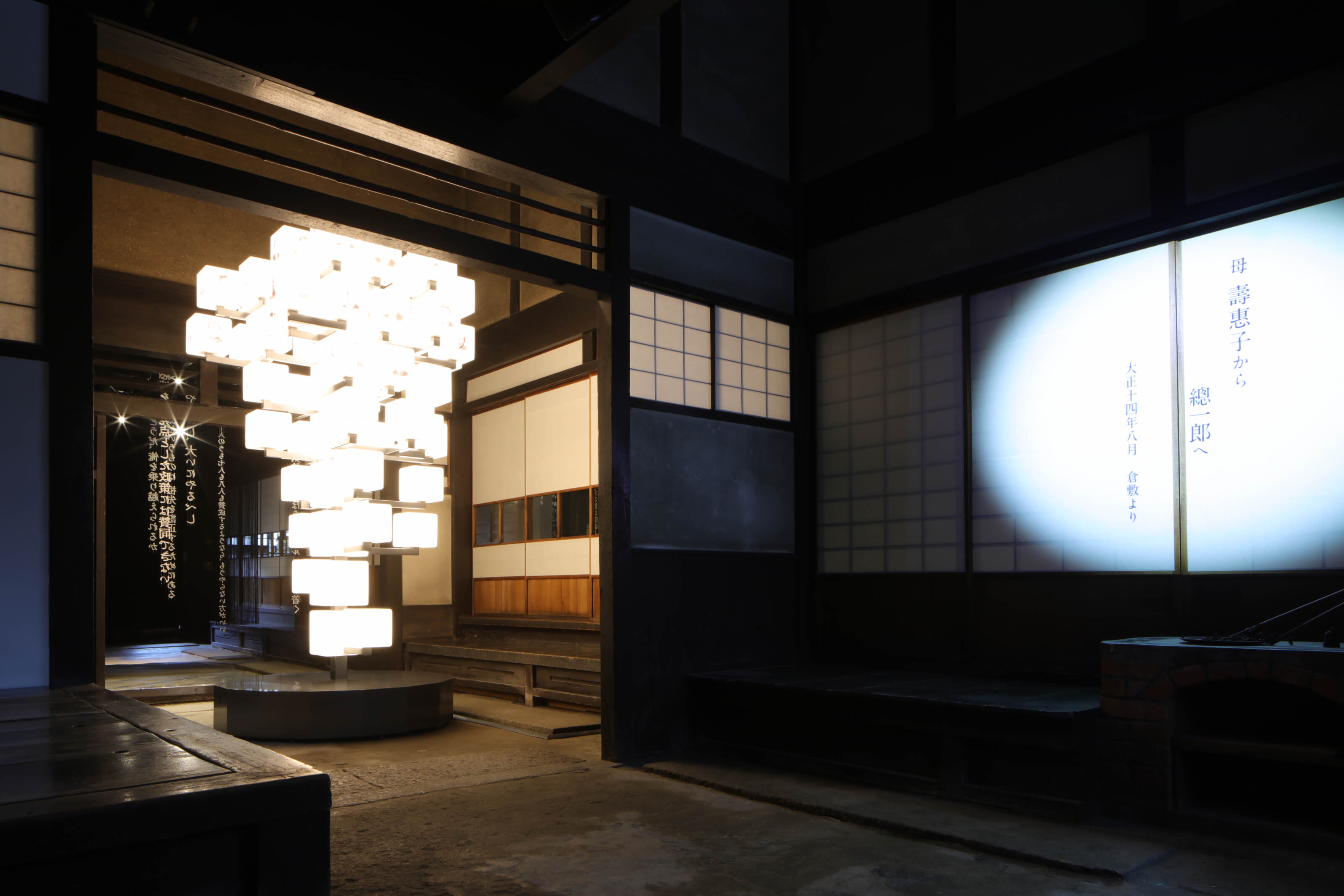
The "Katariza Ohara Residence (former Ohara family residence)" is a nationally designated Important Cultural Property, which was gradually renovated from the late Edo period through to the Taisho period, and took on its current appearance by the early Meiji period. Construction of the main house began in 1795, and the tatami room area was later added. Beyond that is a large garden, and behind the main house are a row of storehouses, which also serve as fire prevention measures.
VIEW MORE
The main house is two-story with a traditional Japanese tile roof and features Kurashiki windows and lattices. The storehouse is built of earthen walls with tiles attached to the lower part of the exterior and finished with namako walls.
The Former Ohara Residence is a building that characterizes the landscape of Kurashiki's townscape and is a beautiful townhouse architecture unique to Kurashiki.
In the Meiji era, the Ohara family participated in the establishment of Kurashiki Spinning Company (Kurabo), which later grew into what could be called a zaibatsu conglomerate, building numerous facilities including Kurabo Central Hospital (now Kurashiki Central Hospital) and the Ohara Museum of Art.
It is currently open to the public as an exhibition and exchange facility called "Katariza Ohara Hontei," and in addition to the Ohara family's collection and artworks, it introduces the journey of eight generations of the Ohara family through creative exhibits such as "Falling Words" and "Cube Tree." There is also a book cafe surrounded by the Ohara family's collection of books. -
Nationally designated important cultural property Ohashi family residence
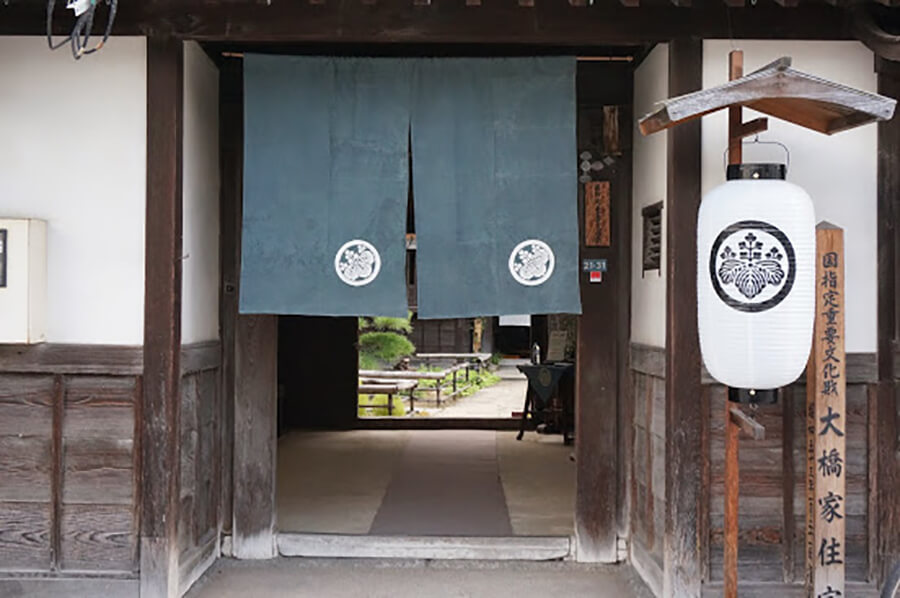
The Ohashi Family Residence is a beautiful townhouse unique to Kurashiki that has been designated an Important Cultural Property. Its unique layout features a row house facing the main road, with the main house on the inside separated by a front yard, and the main entrance runs through the row house. The main house is a multi-story building with a hip-and-gable roof and real tile roof, with a room and a cabinet in the attic, Kurashiki lattice on the first floor and Kurashiki windows on the second floor. The rice storehouse and internal structure are built using earthenware and feature "namako walls," and there is a single-story sitting room to the east. It is a simple but beautiful townhouse unique to Kurashiki.
VIEW MORE
The Ohashi family were large landowners in Kurashiki in the late Edo period who made their fortune through the development of salt fields and new rice fields. Together with the Ohara family, they formed an emerging power group known as "Shinroku" and reached the height of their prosperity.
The Ohashi Family Residence gives us a glimpse into the high-class and dignified lifestyle of the Ohashi family and the splendor of the prosperity of the Shinroku era at that time. -
Kurashiki Story Museum
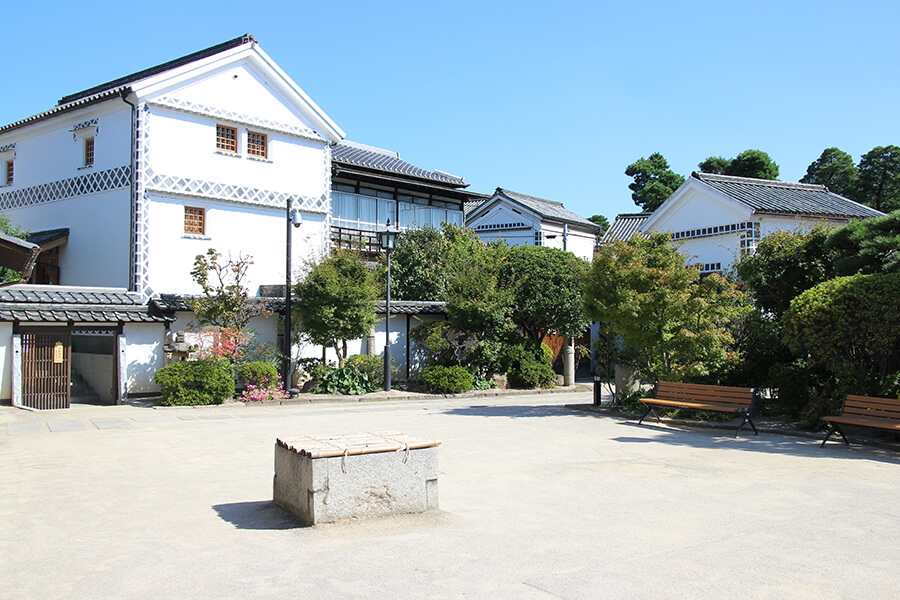
Kurashiki Monogatarikan was constructed in the mid-Edo period, and its dignified Nagayamon gate on the south side, the alley on the west side, and the four storehouses create a beautiful and calm atmosphere, conveying the atmosphere of the Edo period to the present day.
VIEW MORE
The Kurashiki Story Hall was renovated by the city of Kurashiki from the former Higashi Ohashi family home, and opened in 2009 as a tourist hub to improve the mobility of tourists visiting Kurashiki, and as a place for cultural exchange and activities for local residents. As it is located at the entrance to the scenic area, it plays the role of first conveying the "Kurashiki-ness" to tourists visiting the scenic area.
The main Nagayamon gate is used as a tourist information corner, and the first floor of the two-story wooden main building in the center of the site houses an exhibition corner that conveys the traditional townscape of Kurashiki. Other facilities include a multi-purpose hall, exhibition room, and cafe.
Area Map

